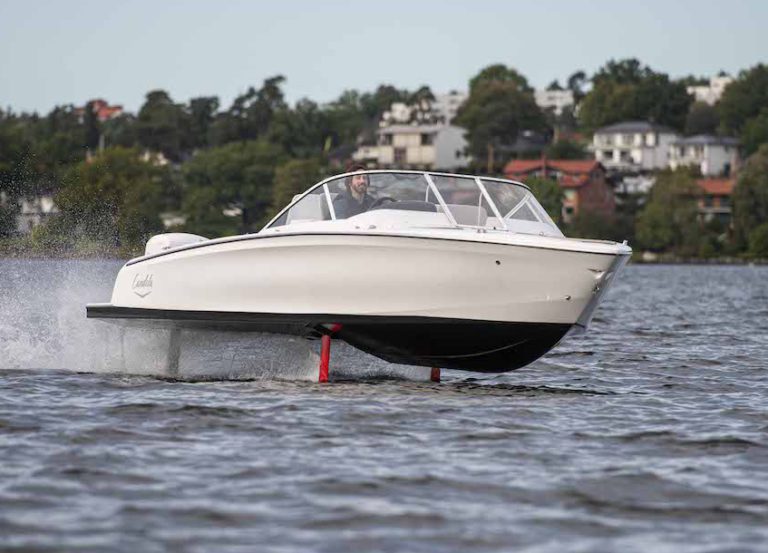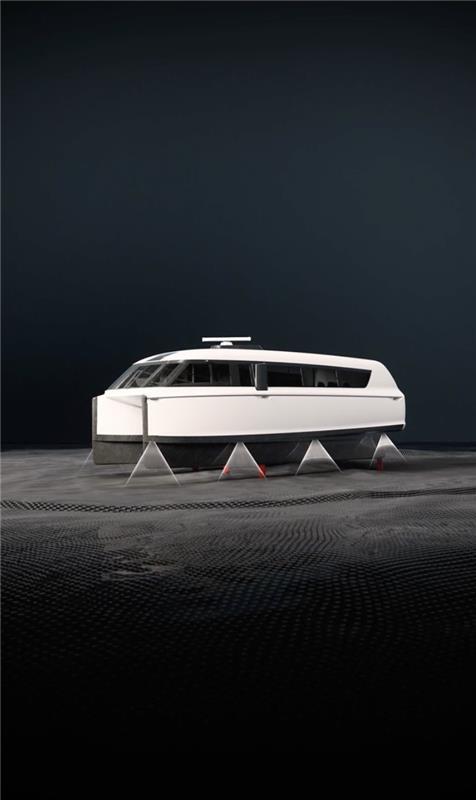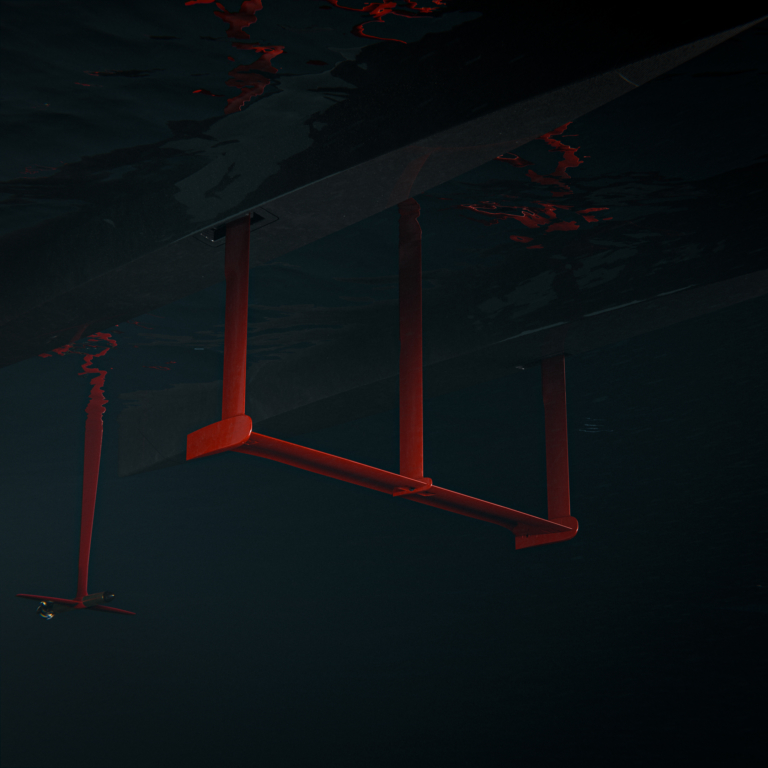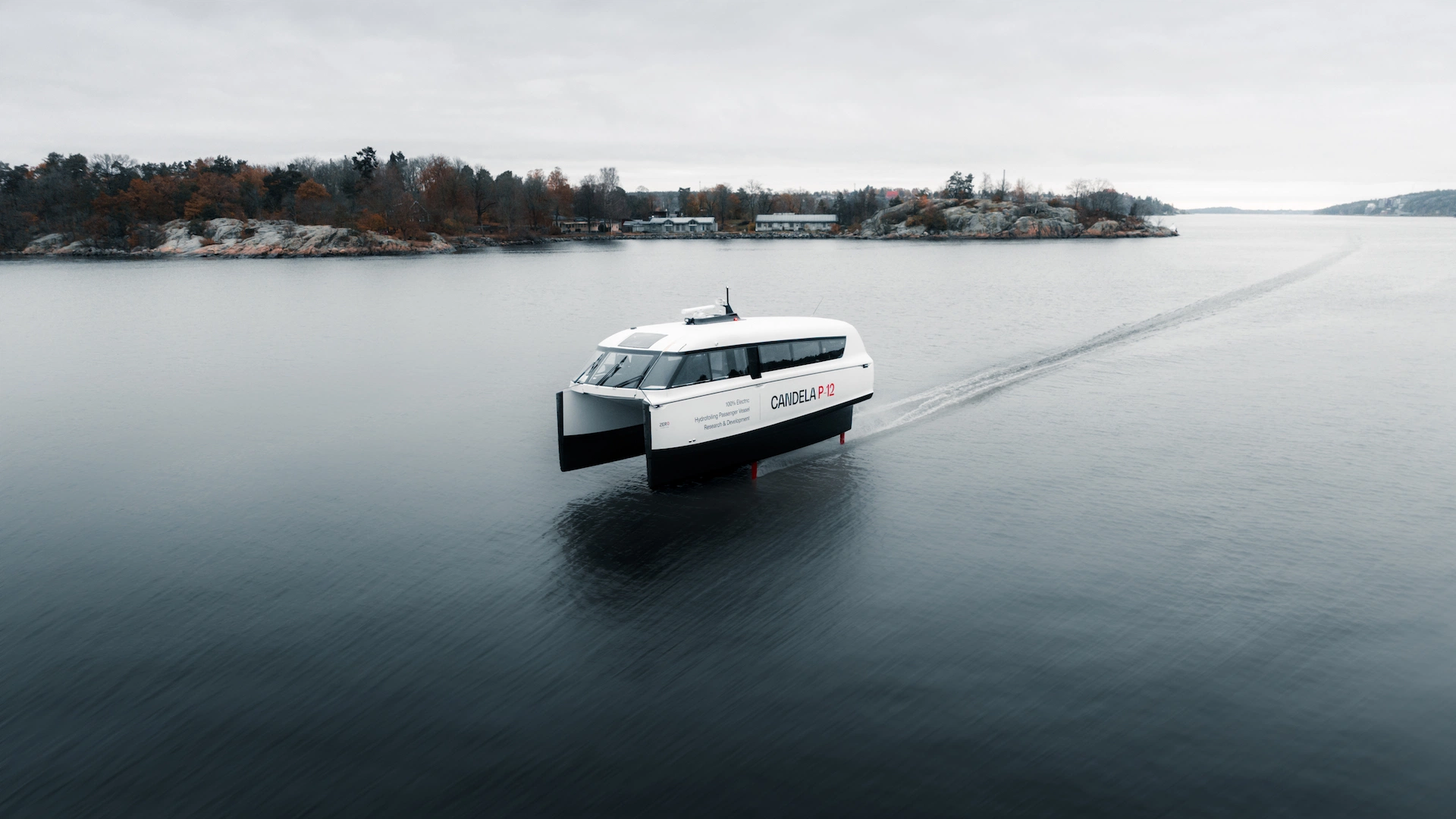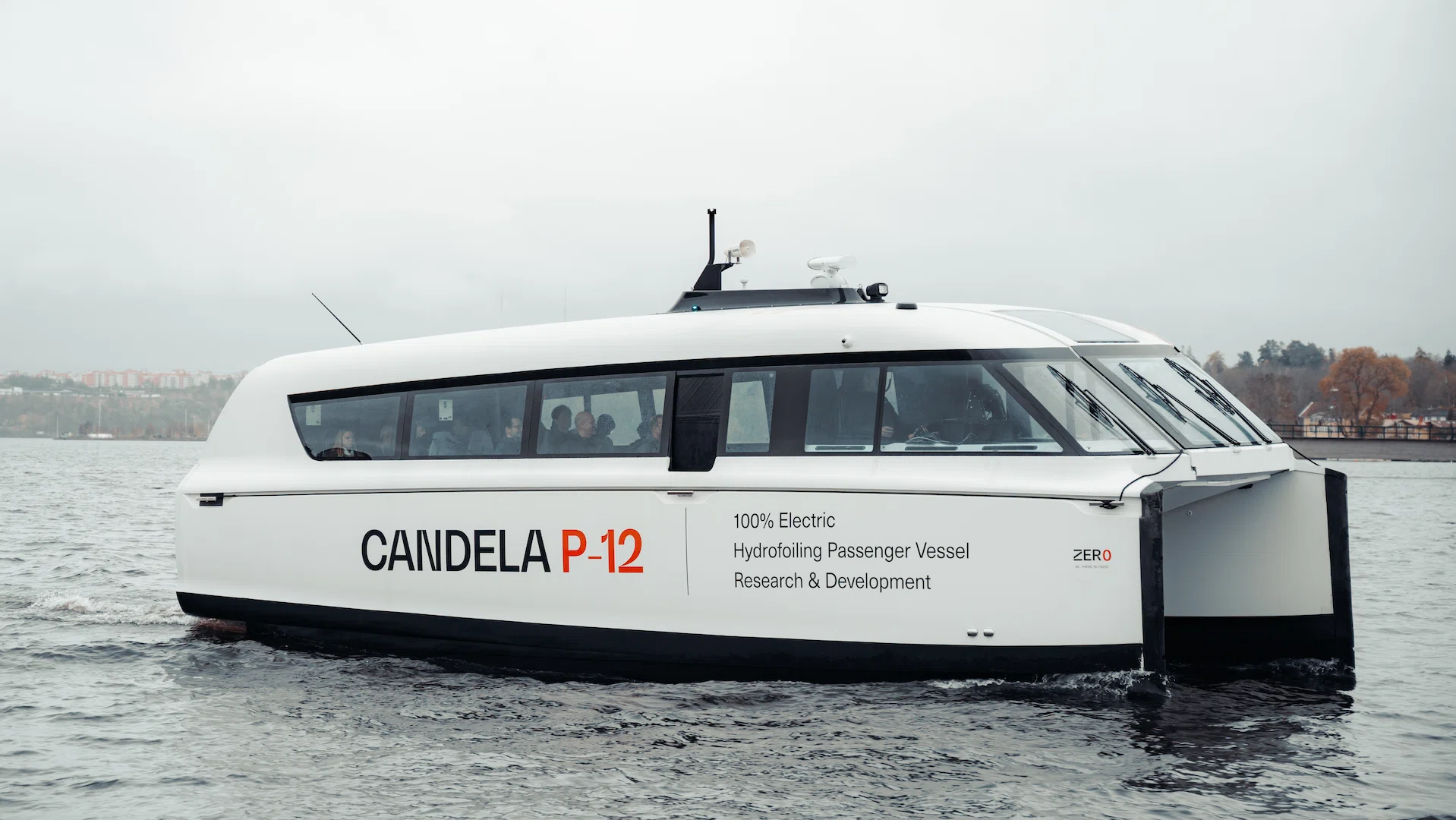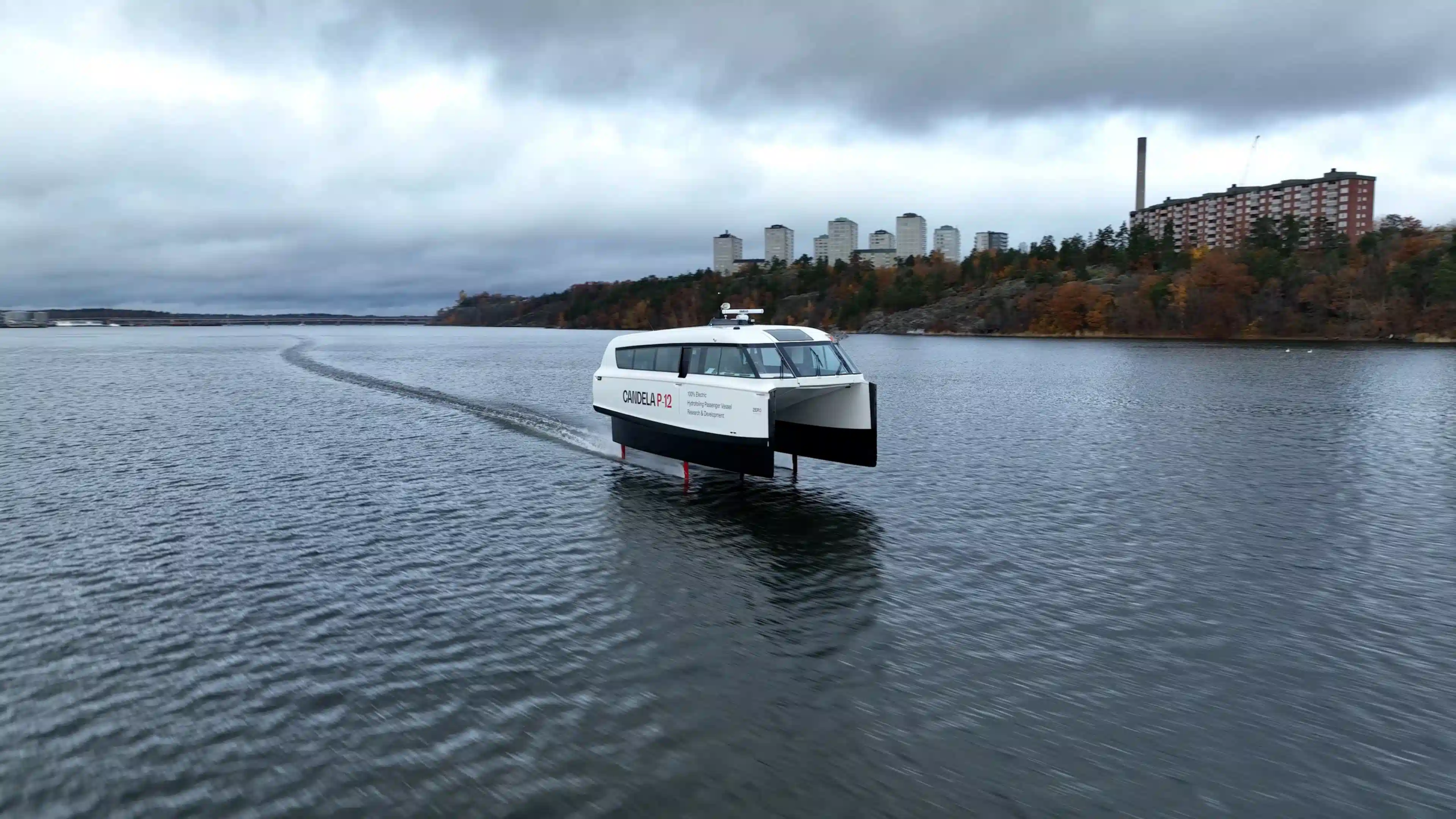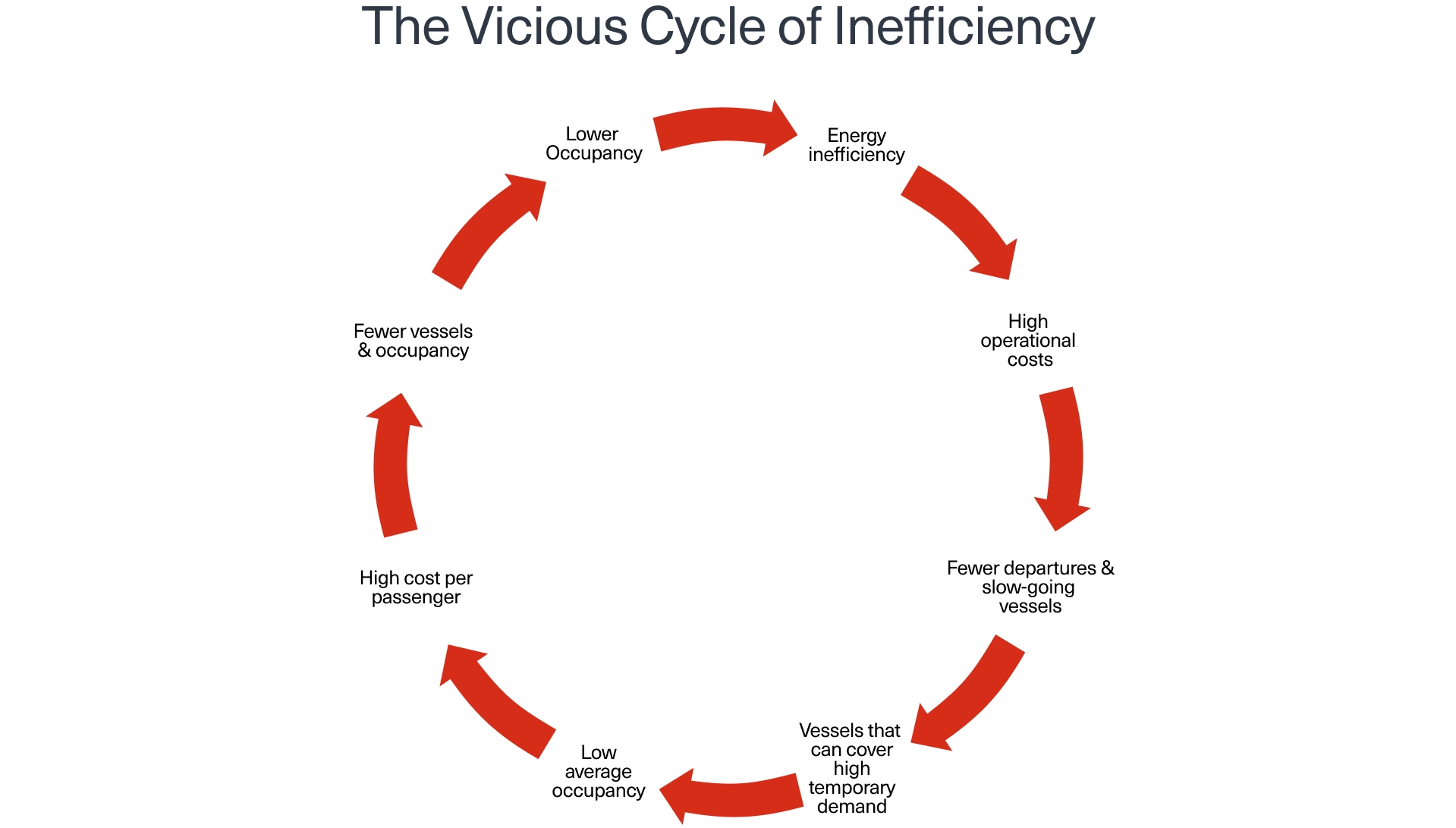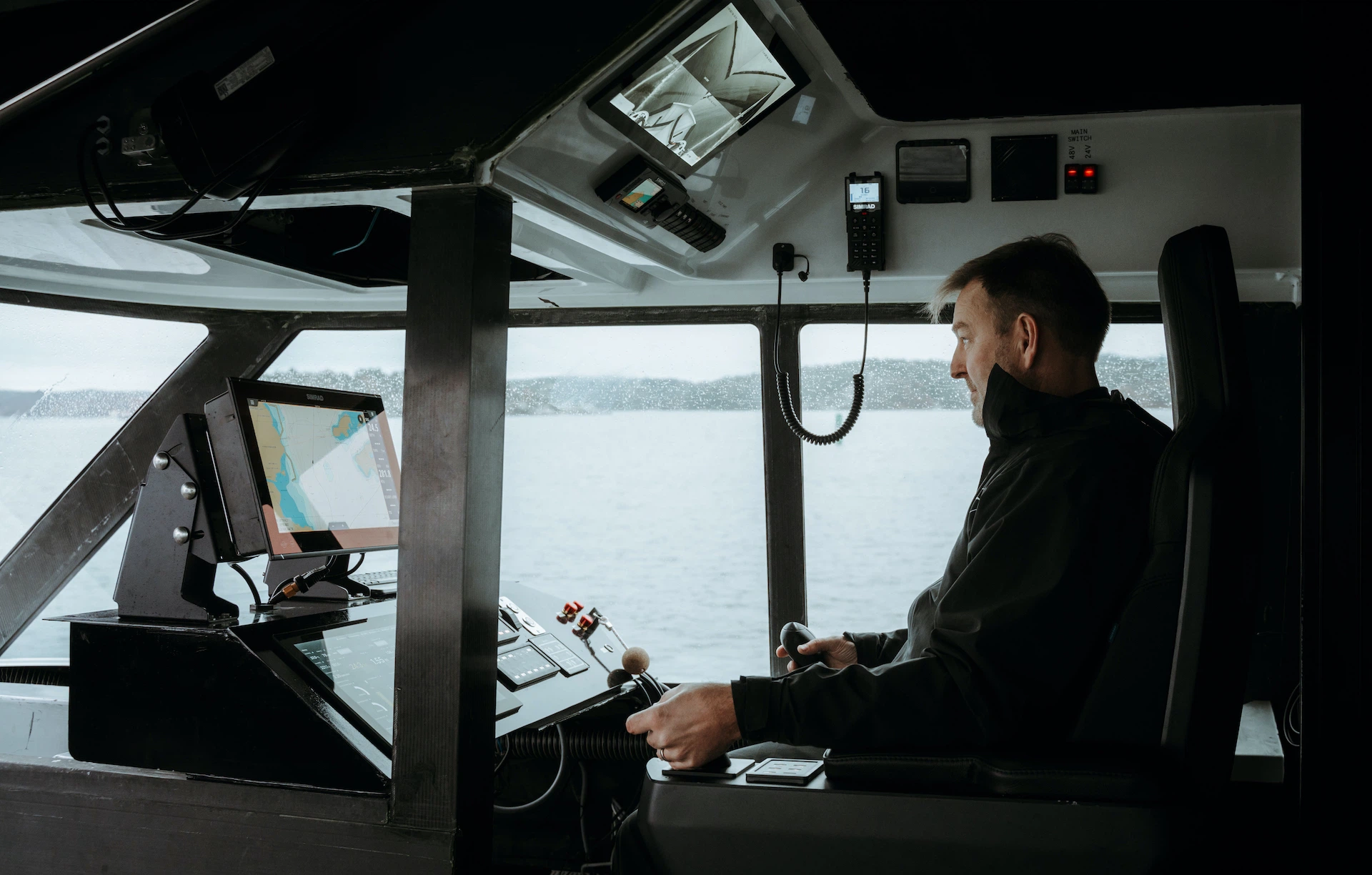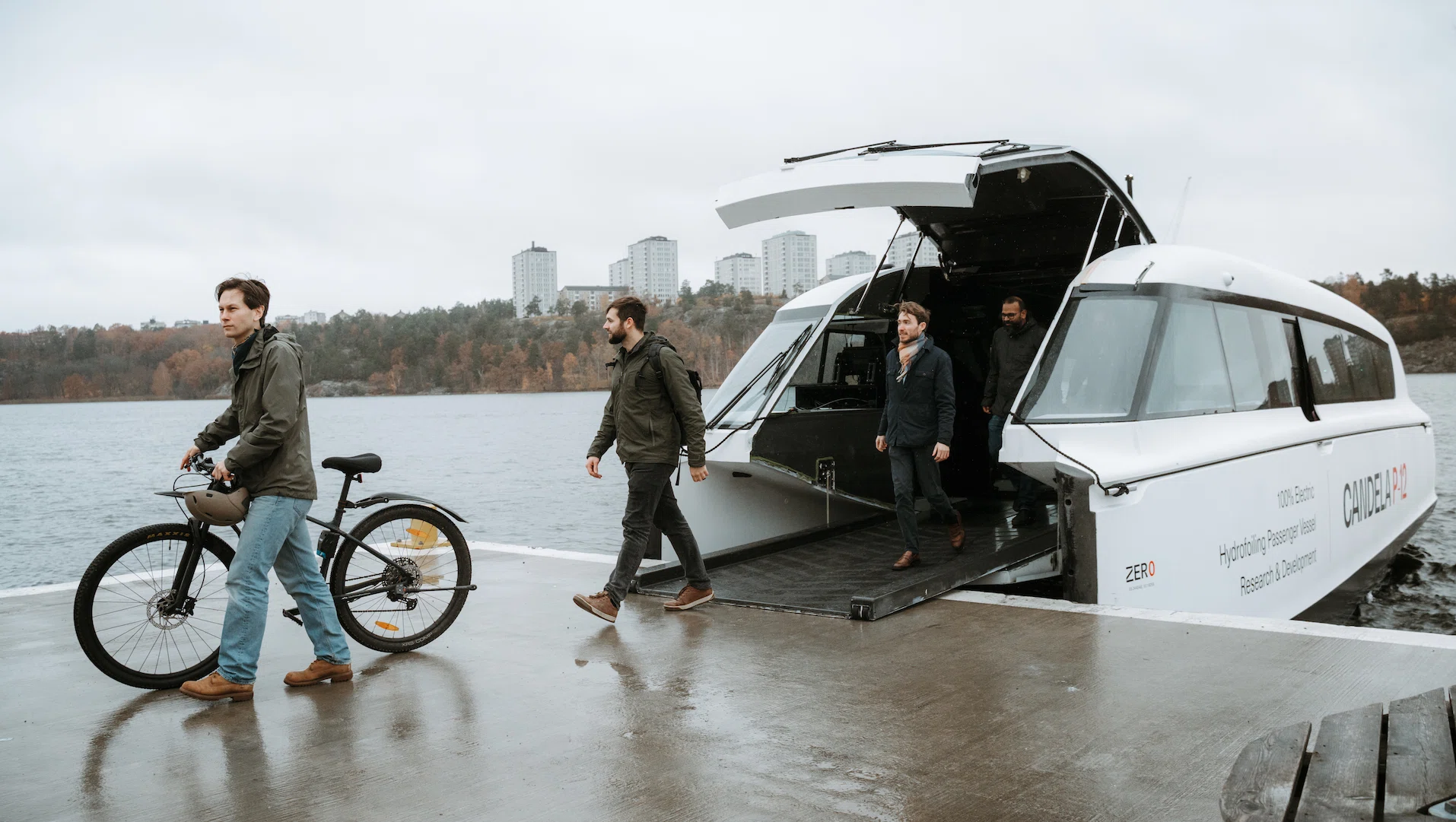Are electric ferries more expensive to operate than diesel ferries?
No, they are generally cheaper to operate due to lower consumption of energy, reduced maintenance requirements, and potential government subsidies.
How do electric ferries impact local communities and ports?
Electric ferries can positively impact local communities and ports by reducing air and noise pollution, improving the quality of life, and enhancing the passenger experience.
What kind of battery technology is used in electric ferries?
Electric ferries commonly use lithium-ion and lithium iron phosphate batteries due to their high energy density, efficiency, and safety, managed by sophisticated systems for optimal performance.
What advancements are being made to increase the range of electric ferries?
Advances in battery storage, efficiency, and rapid charging infrastructure at ports are helping to extend the operational range of electric ferries. Hybrid systems with auxiliary power sources are also being explored for enhanced range and flexibility.
How do electric ferries help reduce greenhouse gas emissions?
This is largely dependent on how “green” a grid is. Sweden’s electricity comes largely from renewables, but this is not the case in all countries. Nevertheless, locally, electric ferries do not emit exhaust fumes and therefore eliminate harmful emissions typically associated with diesel engines.
Can electric ferries travel as far as diesel-powered ferries without recharging?
While the range of electric ferries is typically shorter than that of diesel-powered ferries, advancements in battery technology are progressively increasing travel distances, and fast-charging infrastructure is being developed to support faster e-charging.
What are the biggest challenges to the widespread adoption of electric ferries?
High initial investment costs, along with the lack of fast-charging infrastructure, are major challenges for the growth of the electric ferry market. Additionally, range limitations compared to conventional ferries pose challenges for commercial viability.
What are the main factors driving the adoption of electric ferries?
Government initiatives and subsidies are among the key drivers for the adoption of electric ferries, promoting the transition towards more sustainable maritime transport solutions.

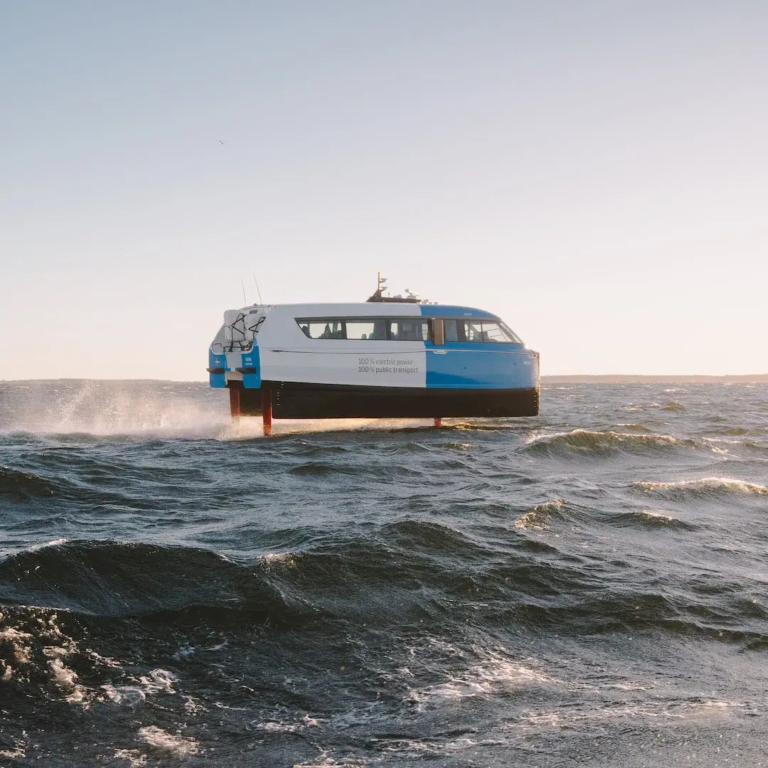 Overview
Overview 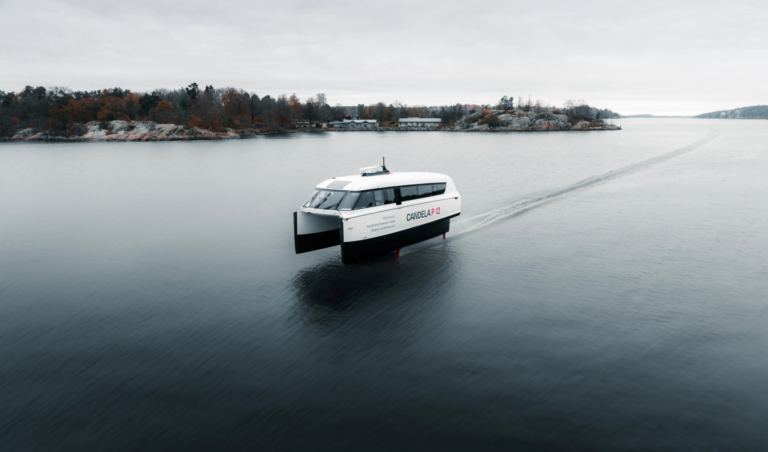 P-12
P-12 
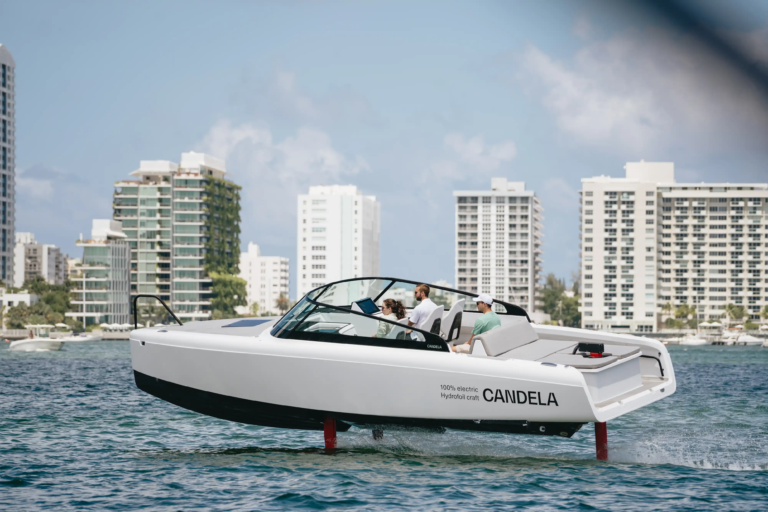 C-8
C-8 